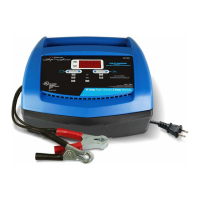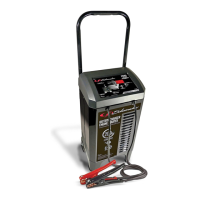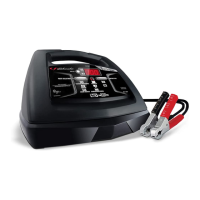What to do if my Schumacher Electric SF-82-6 Battery Charger has no reading on the ammeter?
- MmflemingAug 4, 2025
If your Schumacher Electric Battery Charger shows no reading on the ammeter, several issues could be the cause. First, ensure the charger is properly plugged into a working AC outlet with no blown fuse or tripped circuit breaker. Check that the clips are making good, clean connections to the battery and frame; rocking them back and forth can help. Also, verify the connections are not reversed. If these steps don't resolve the issue, the battery itself may be defective or the 2 amp charge rate is being used (ammeter may show no activity at the 2A charge rate).





